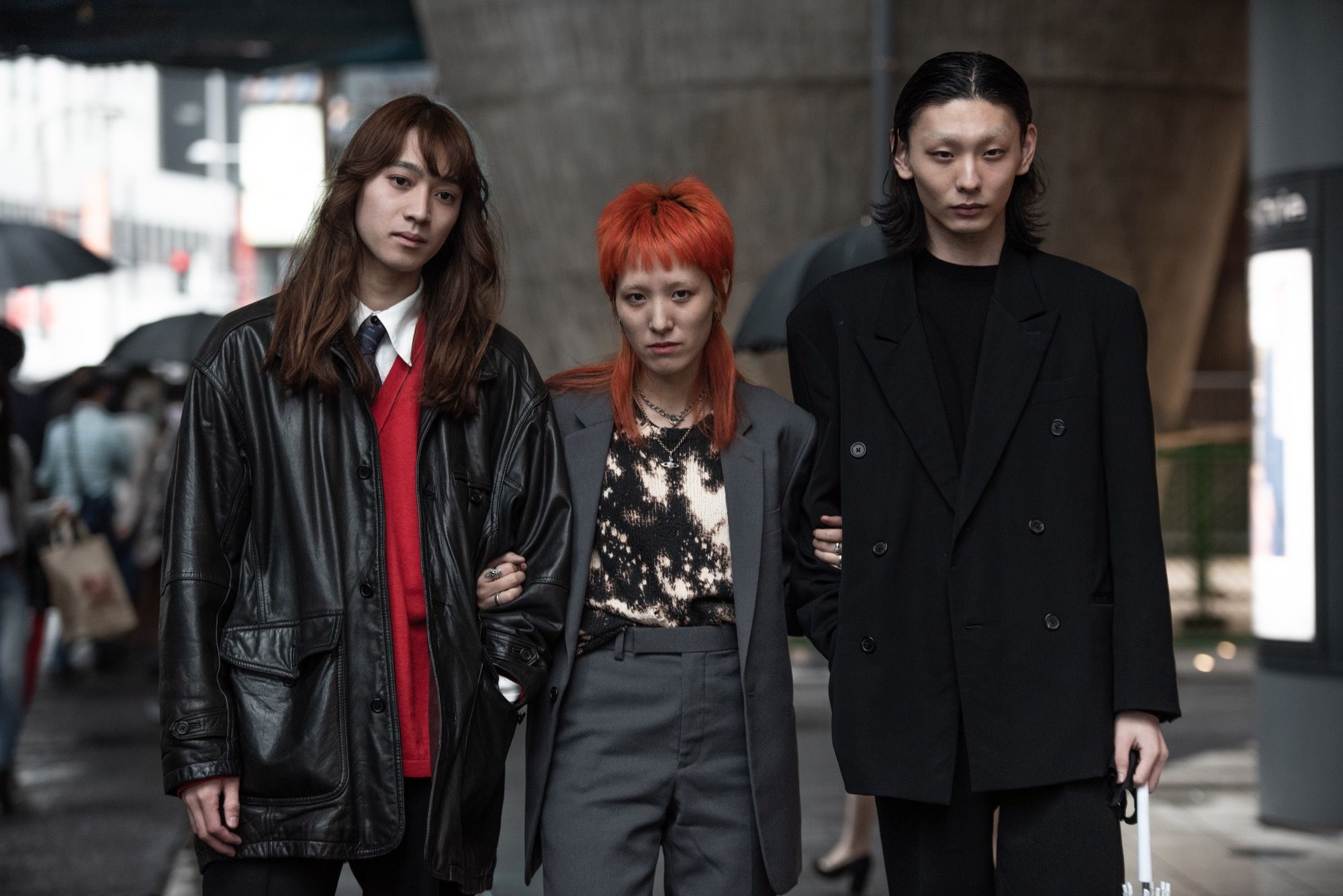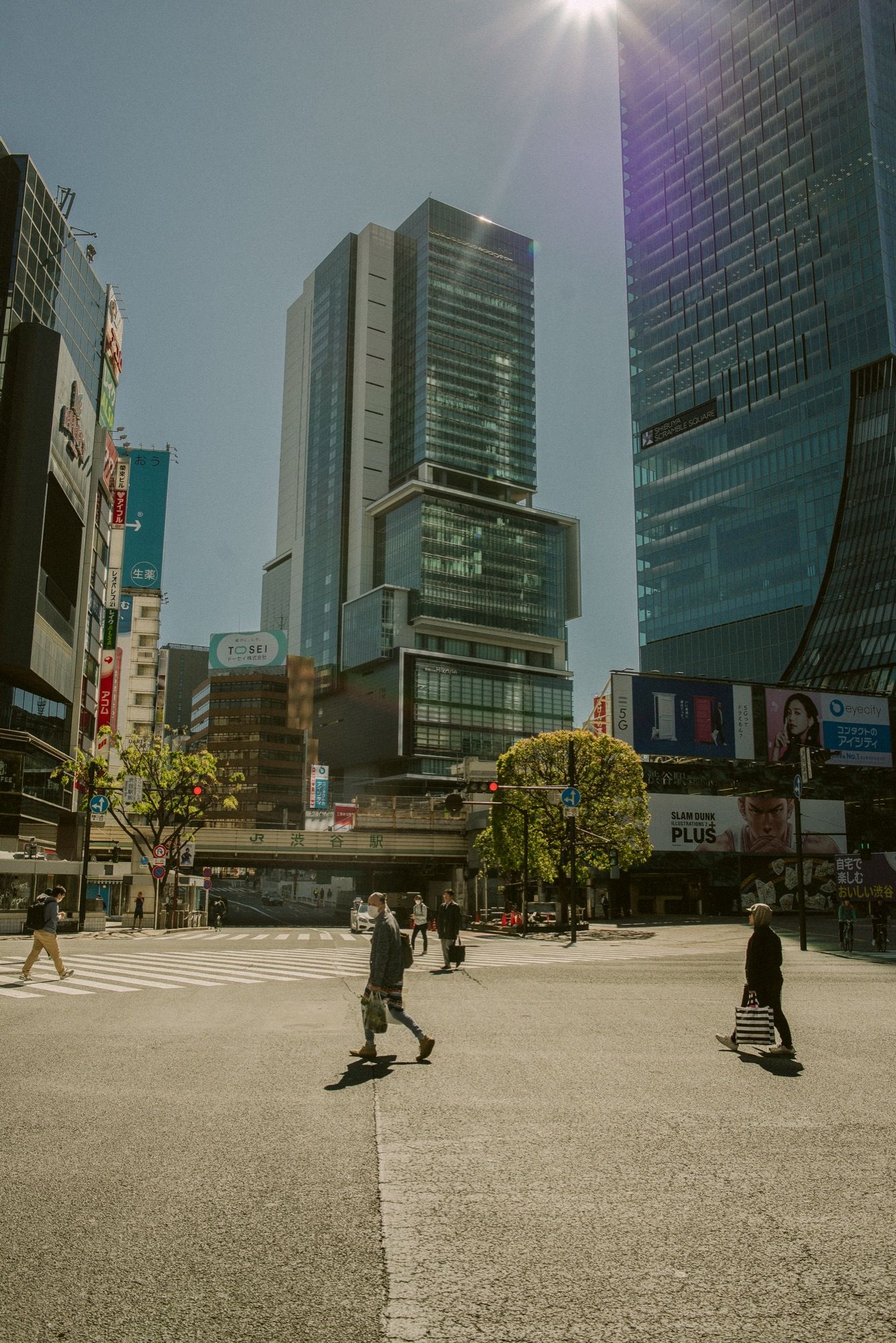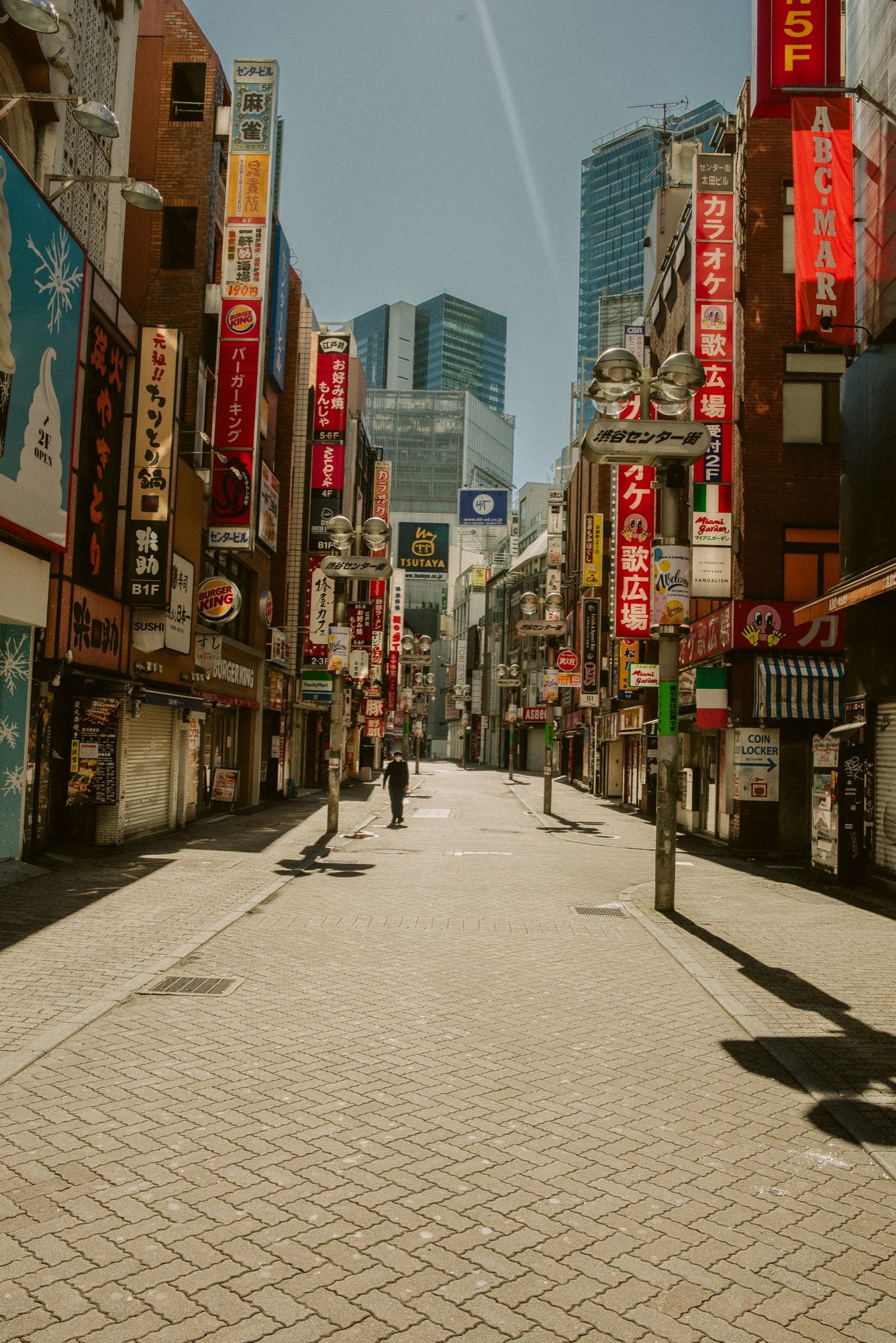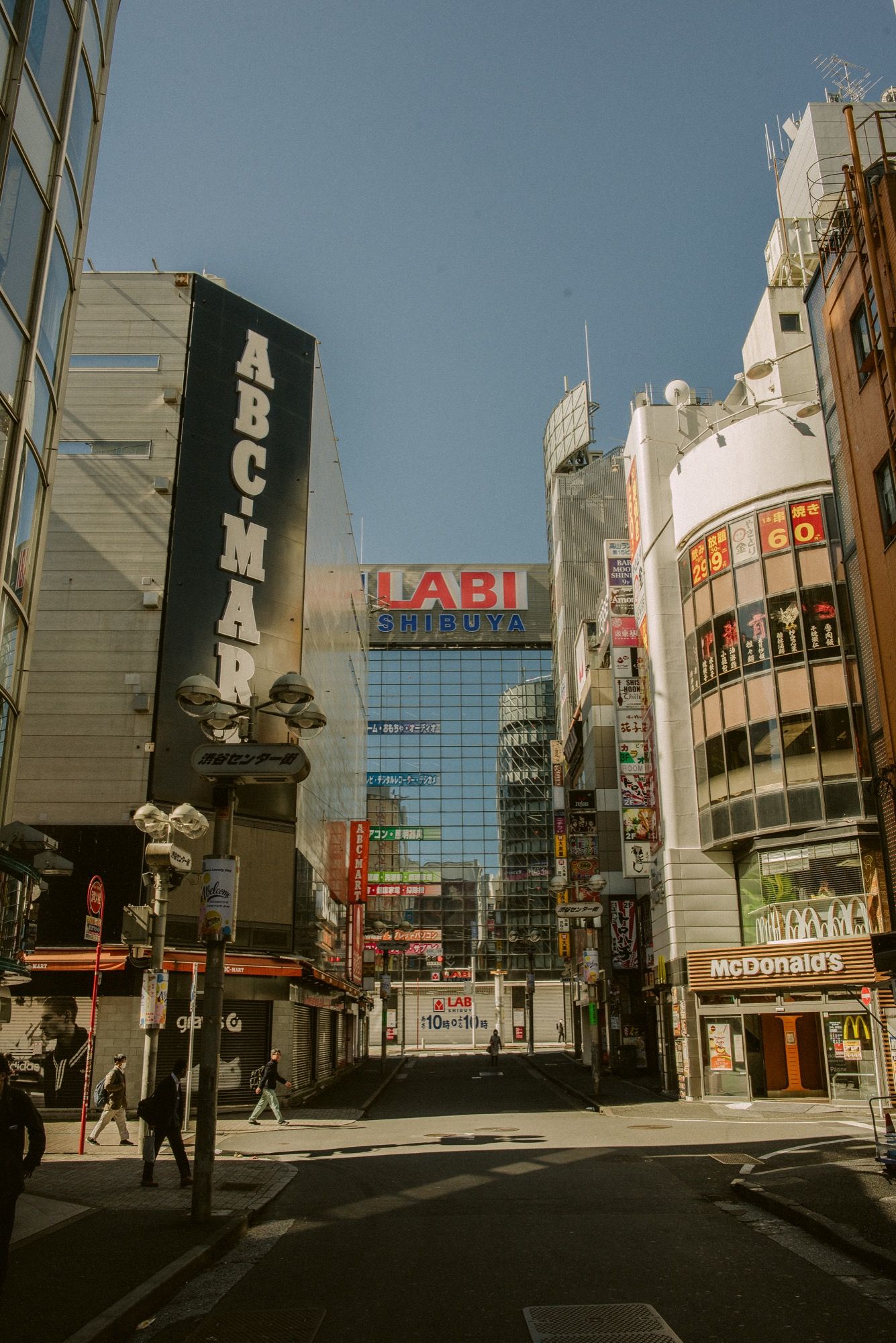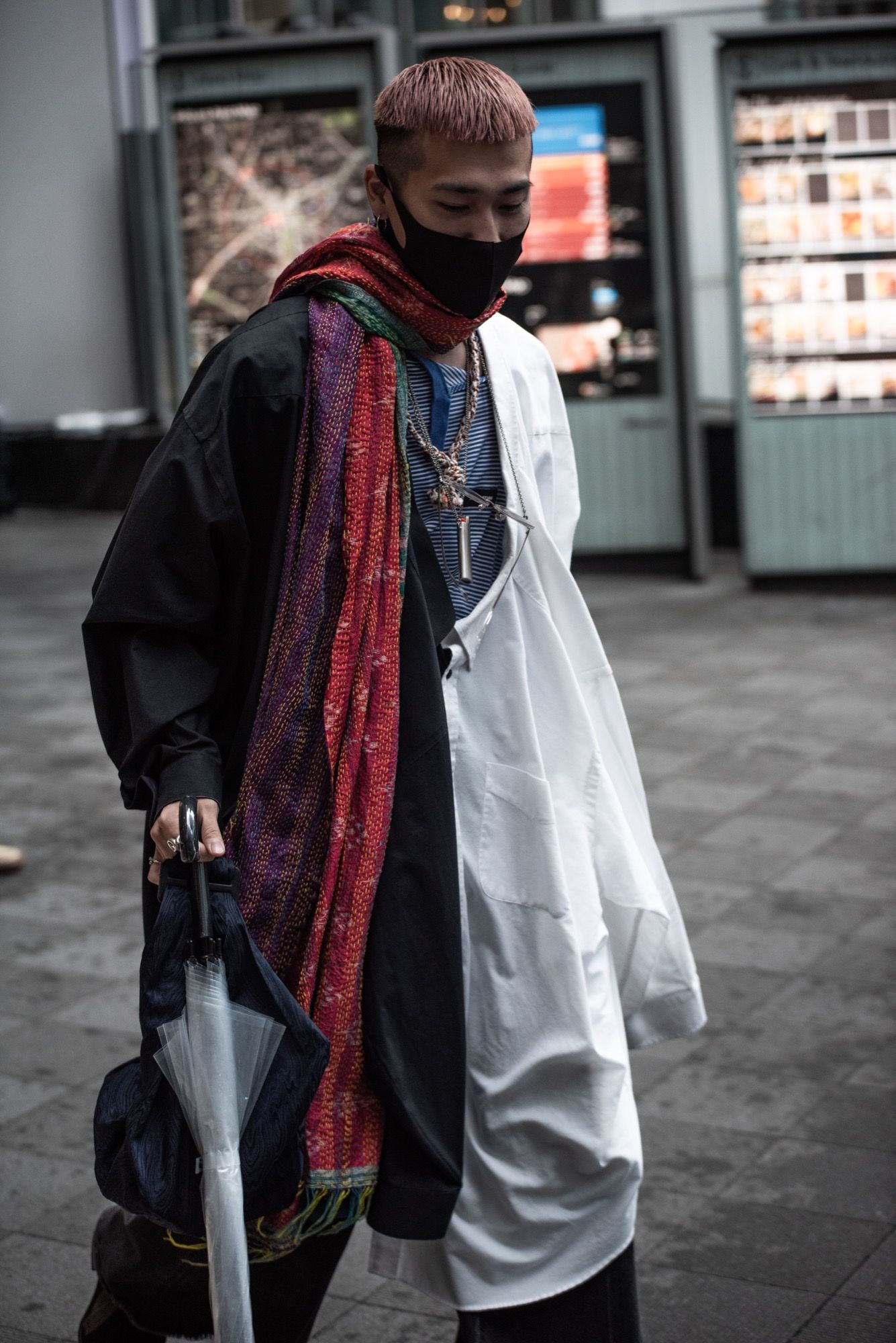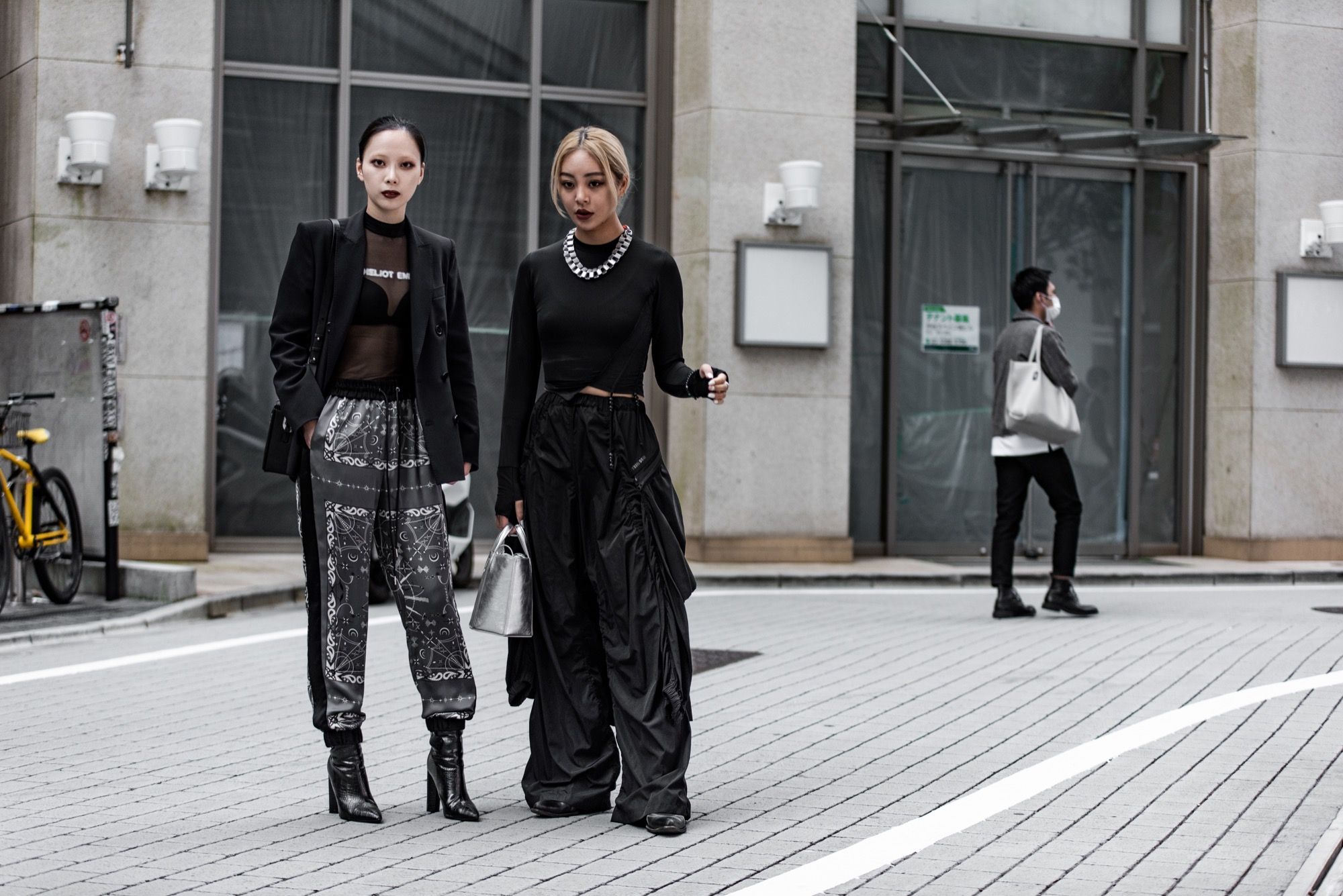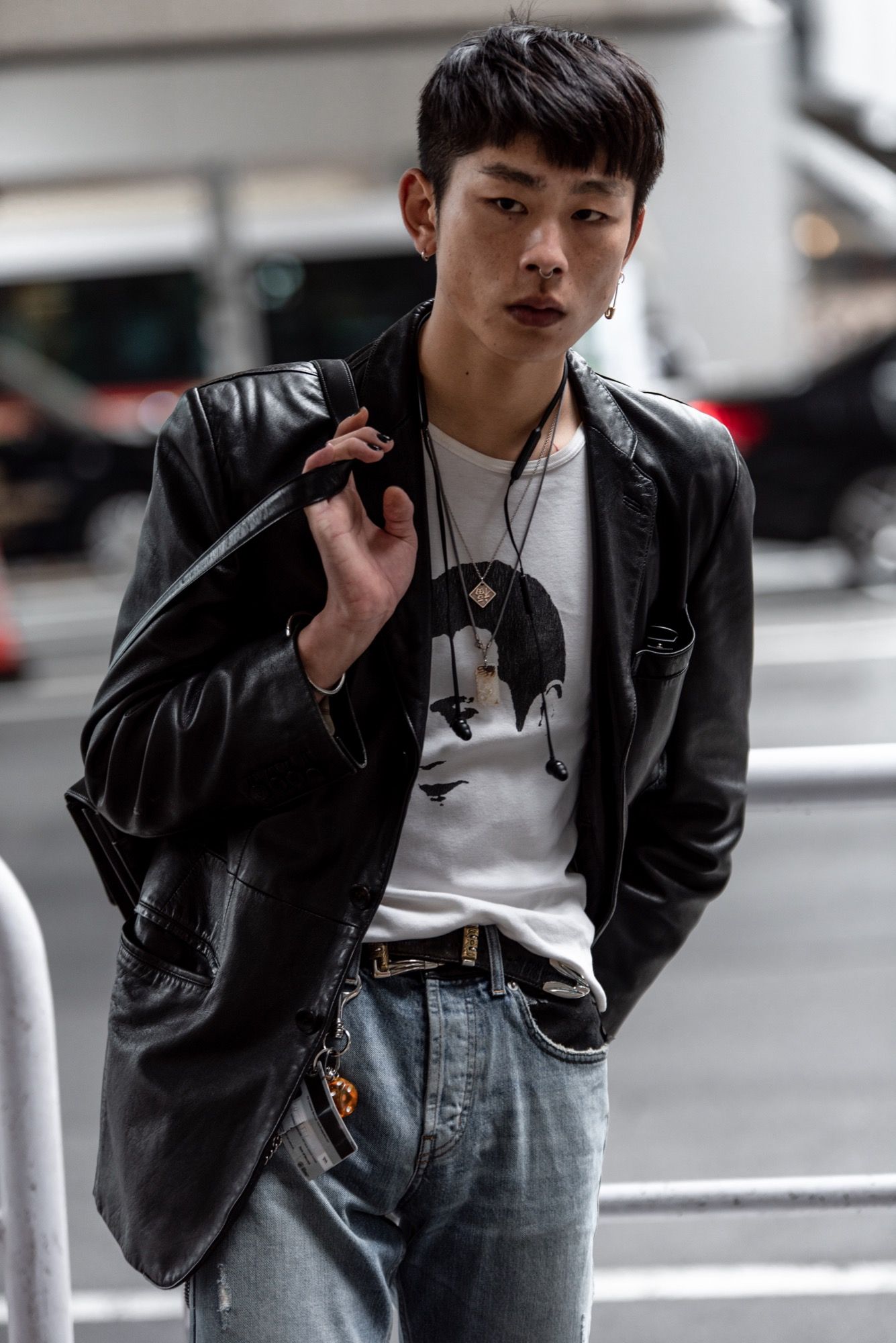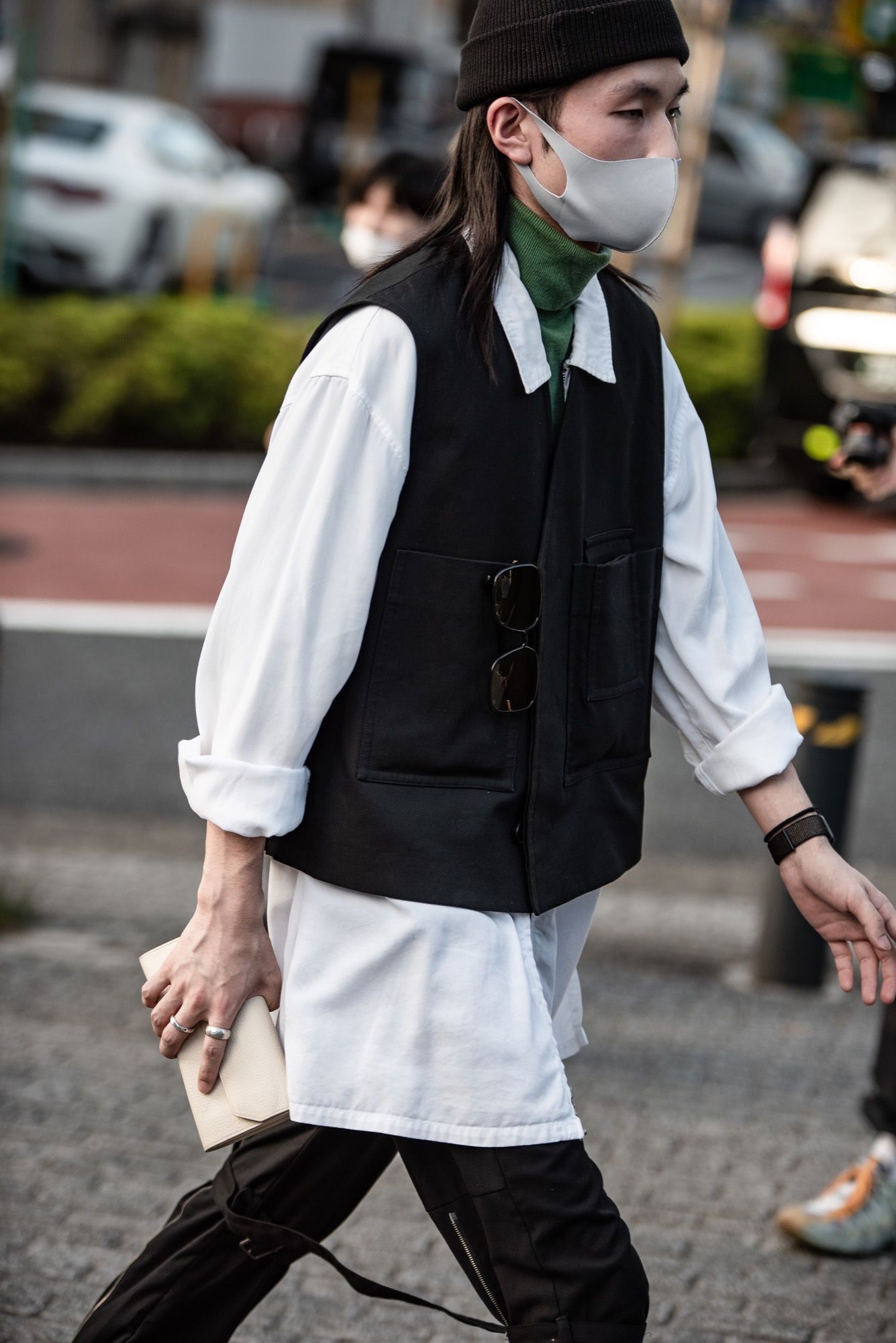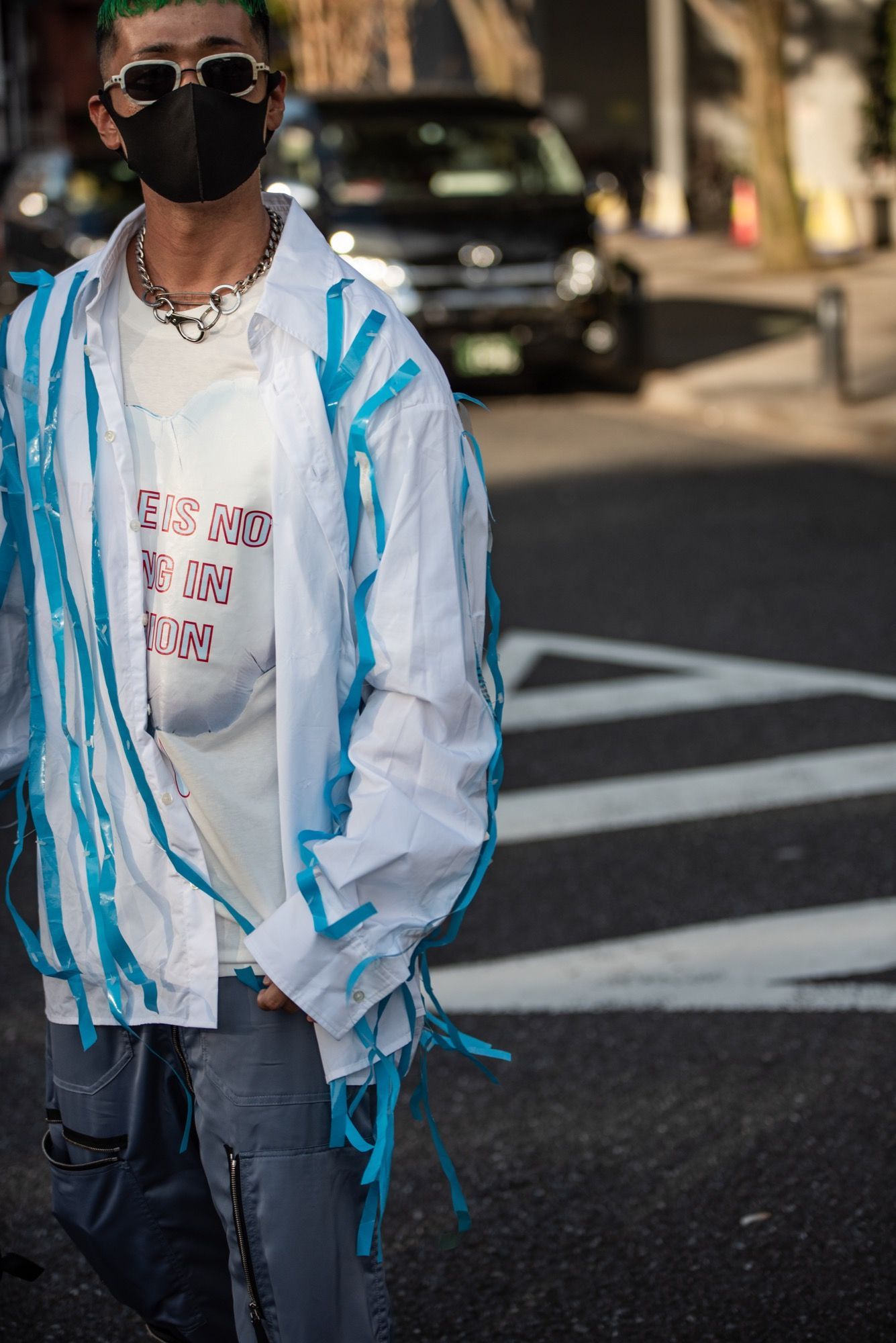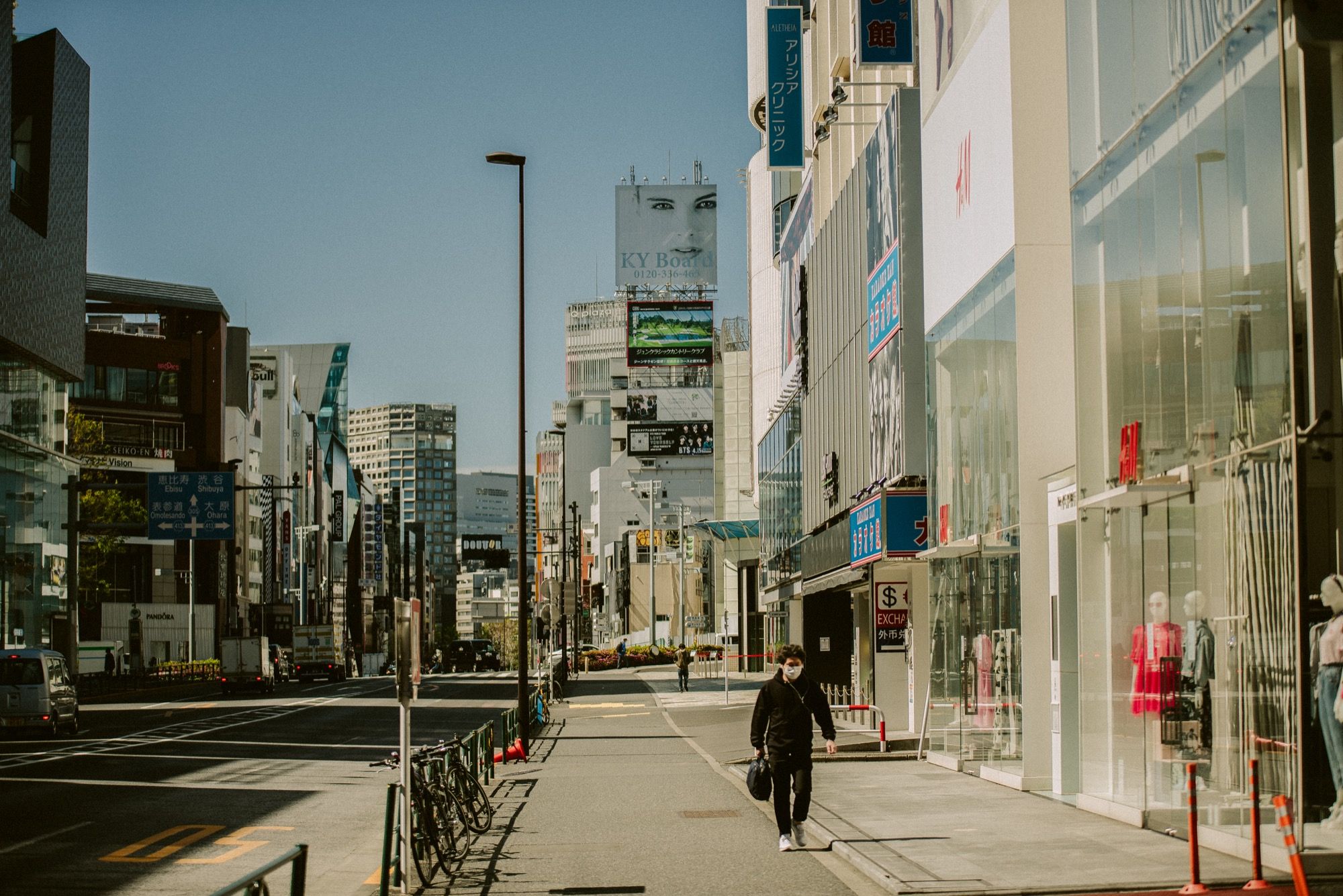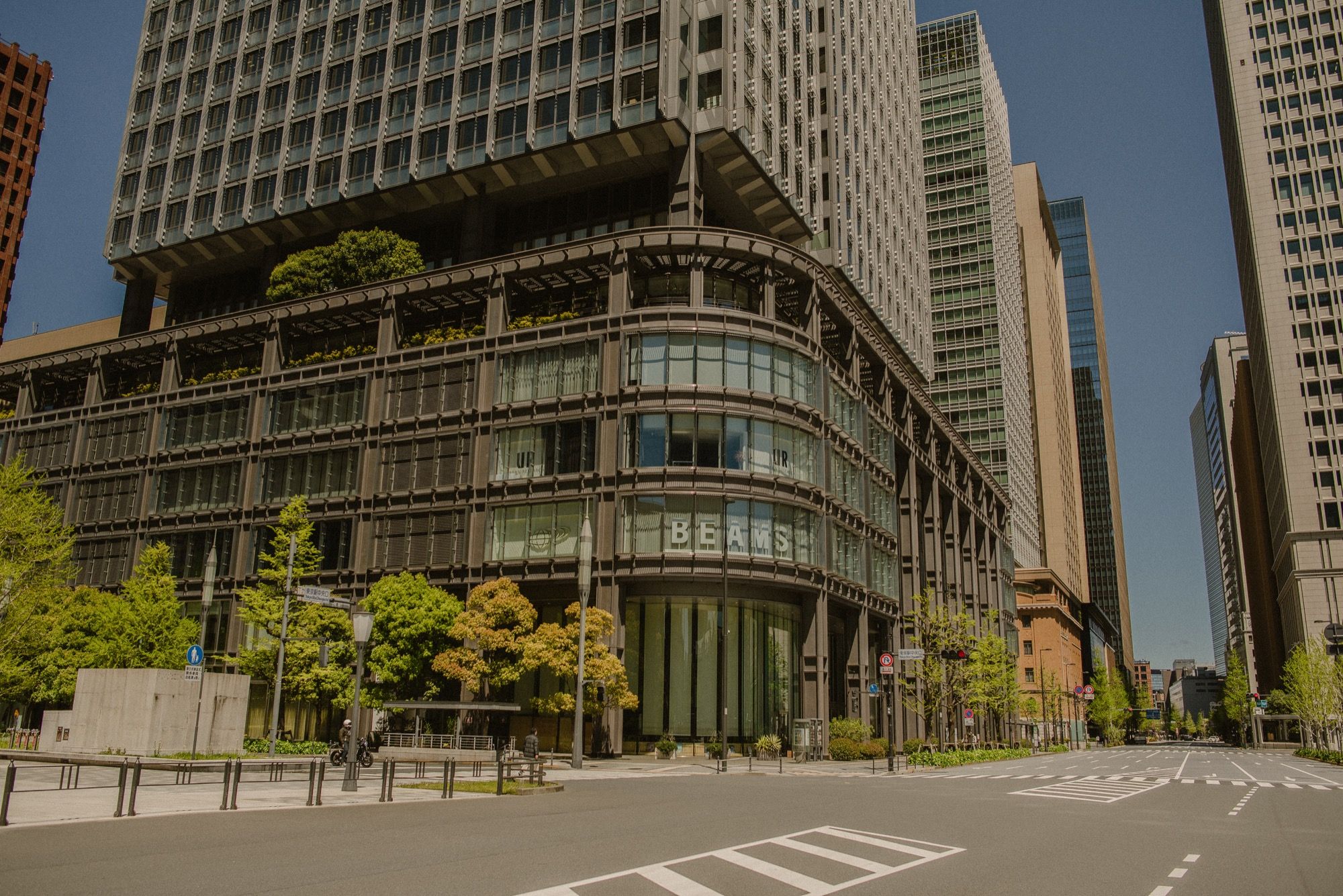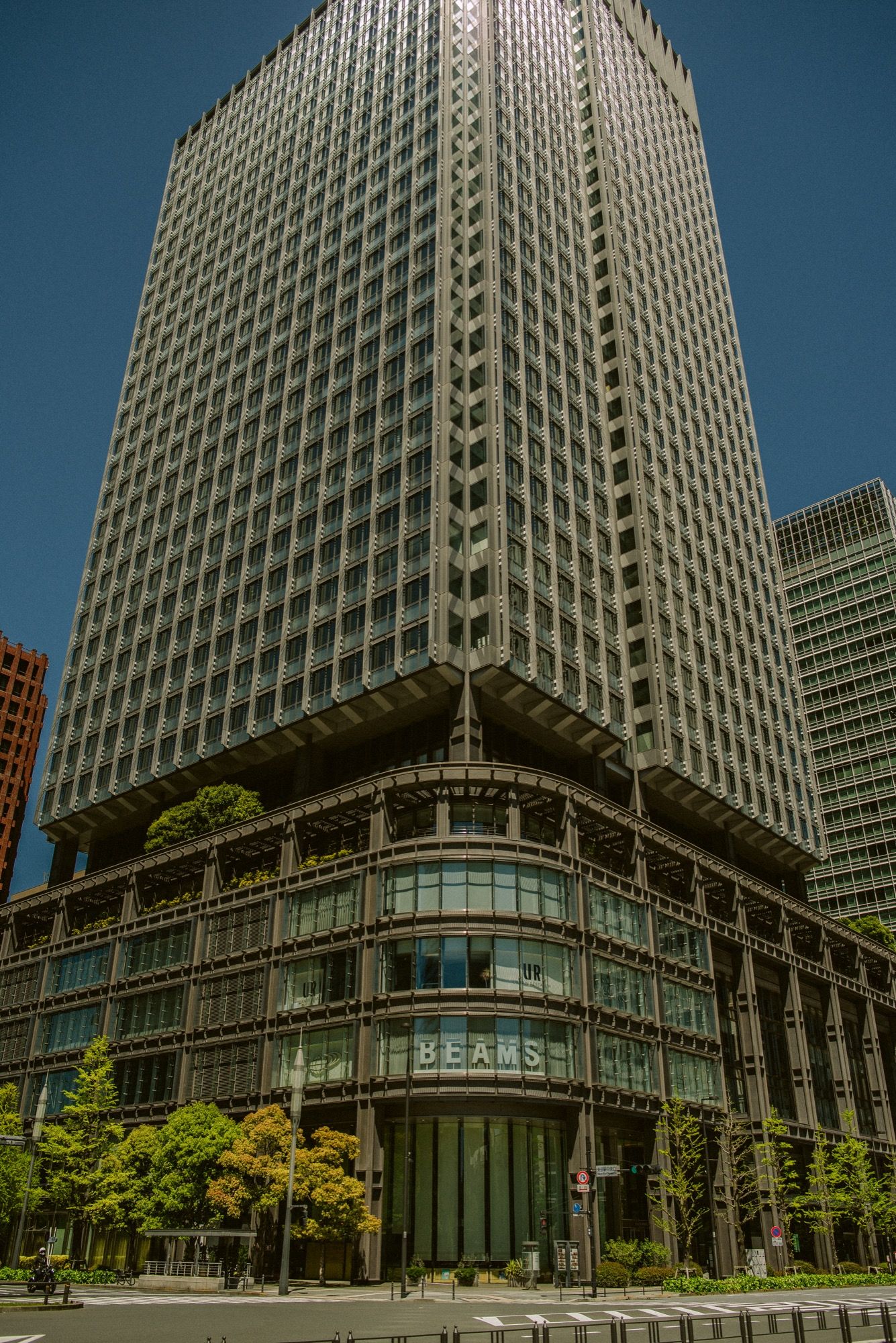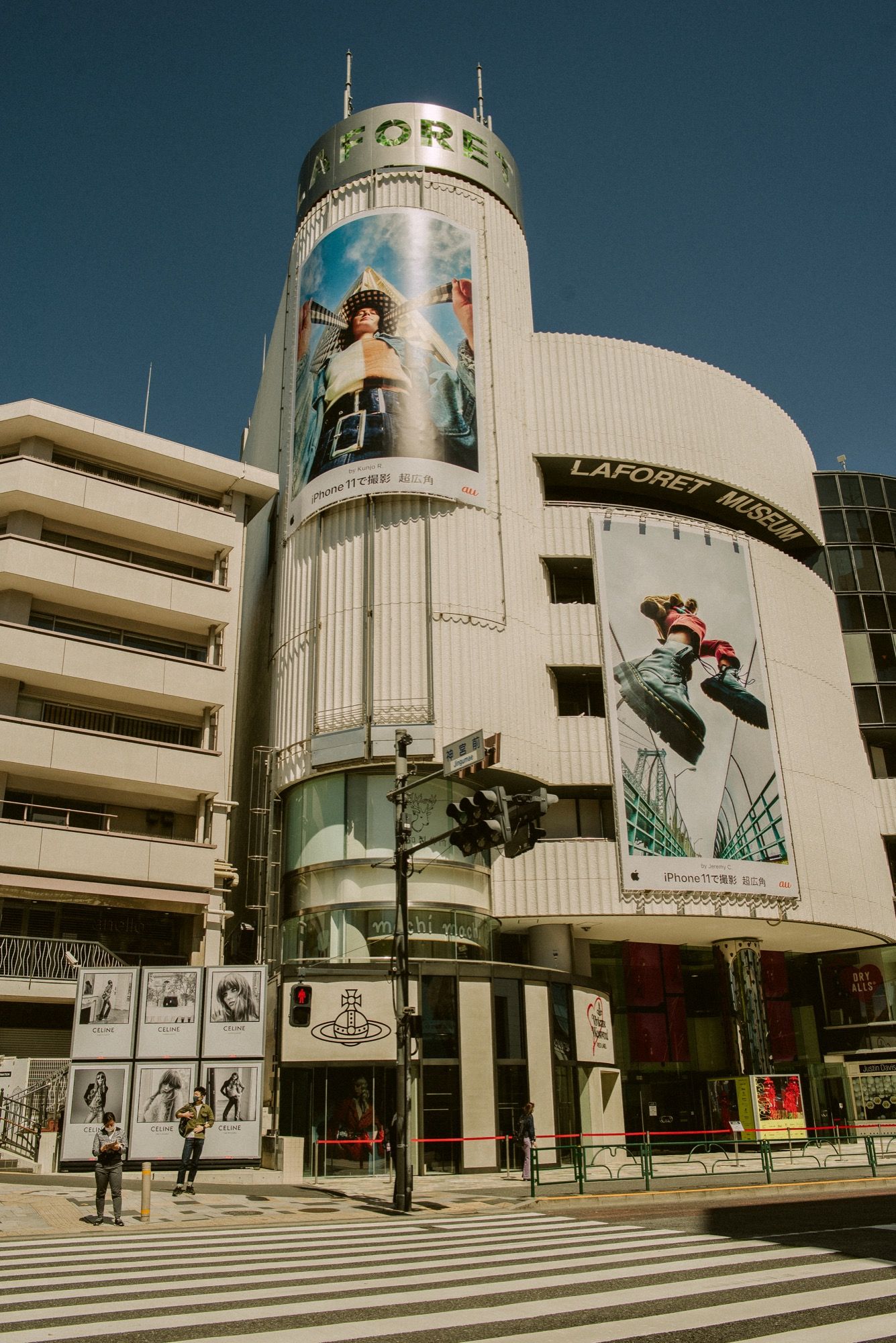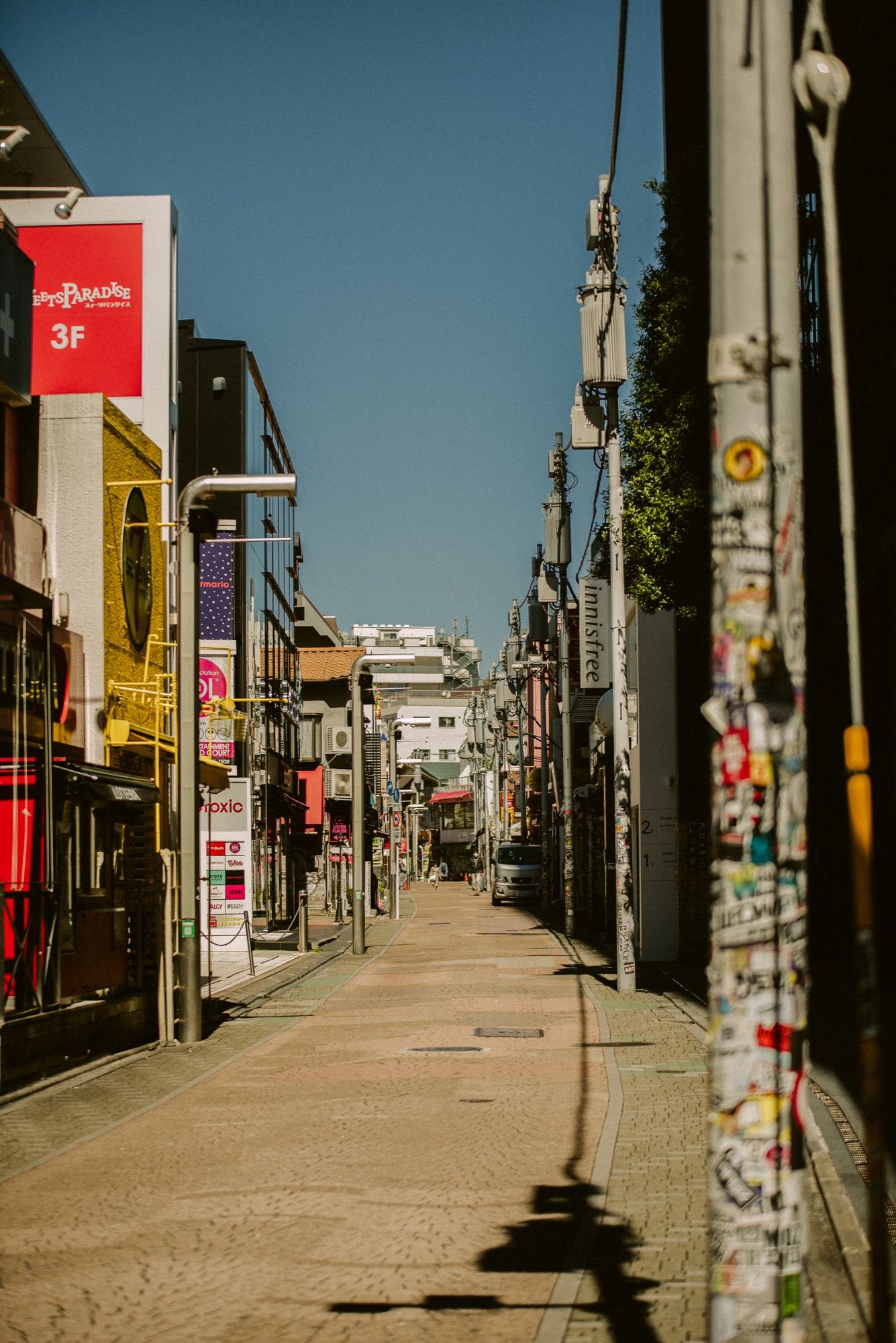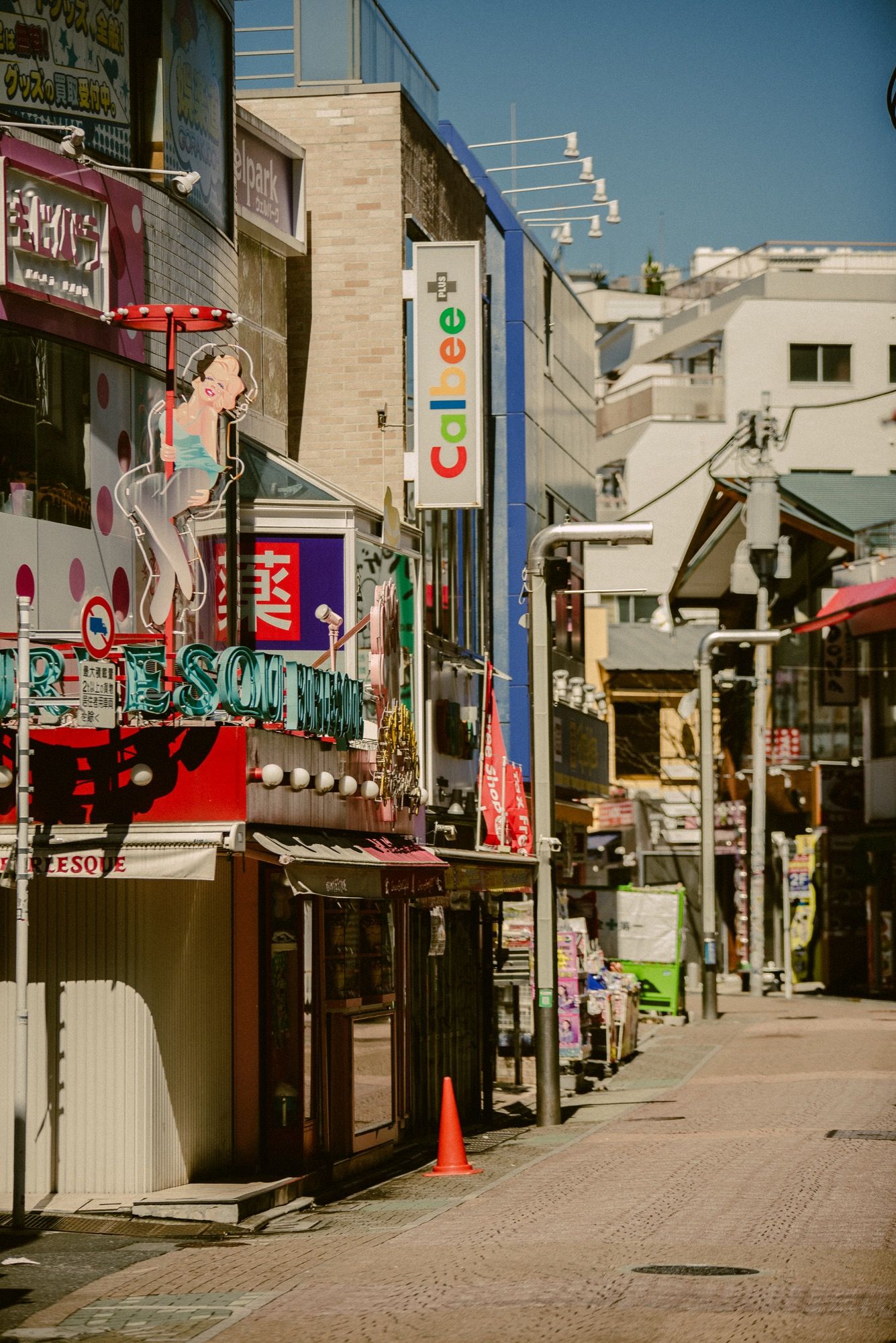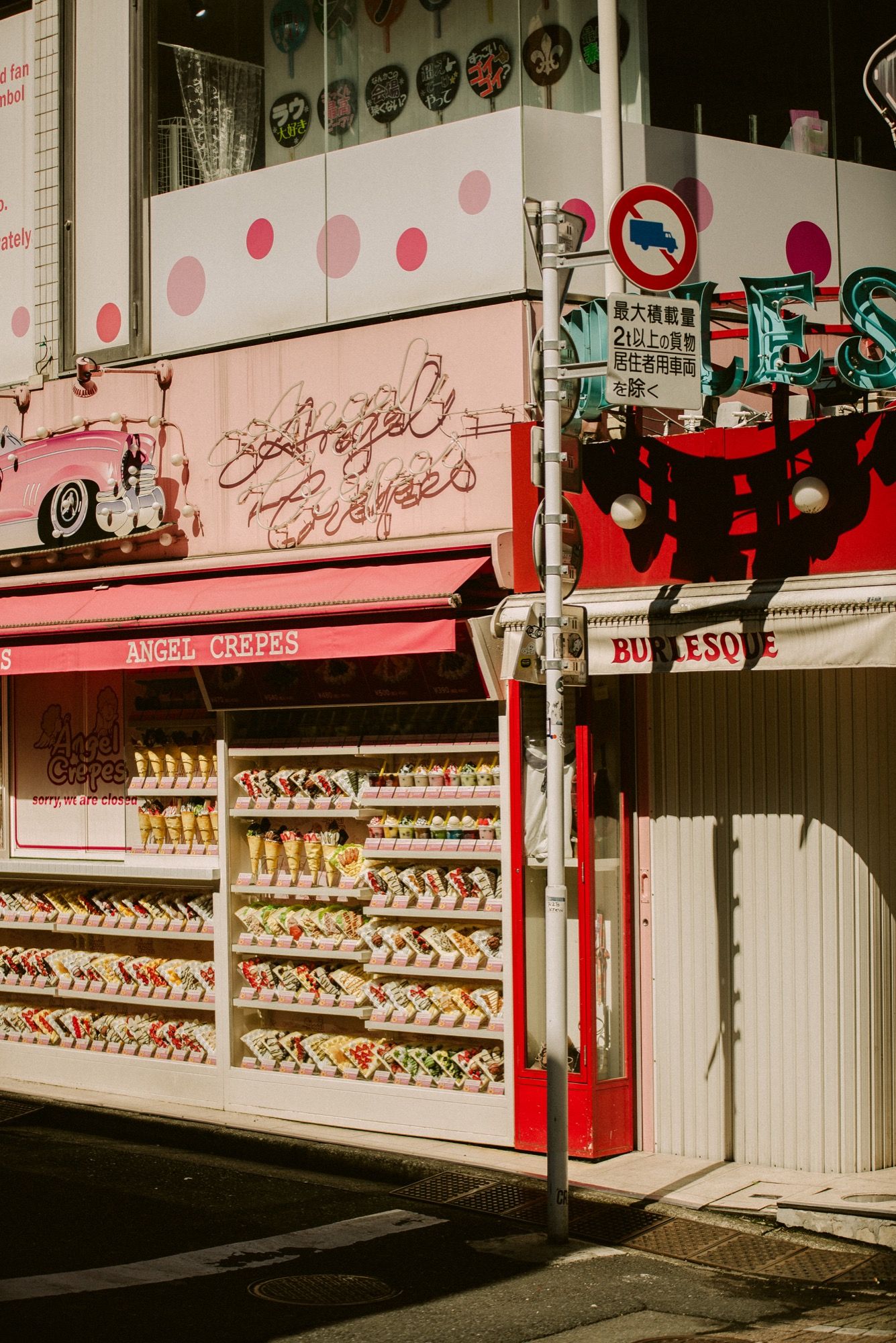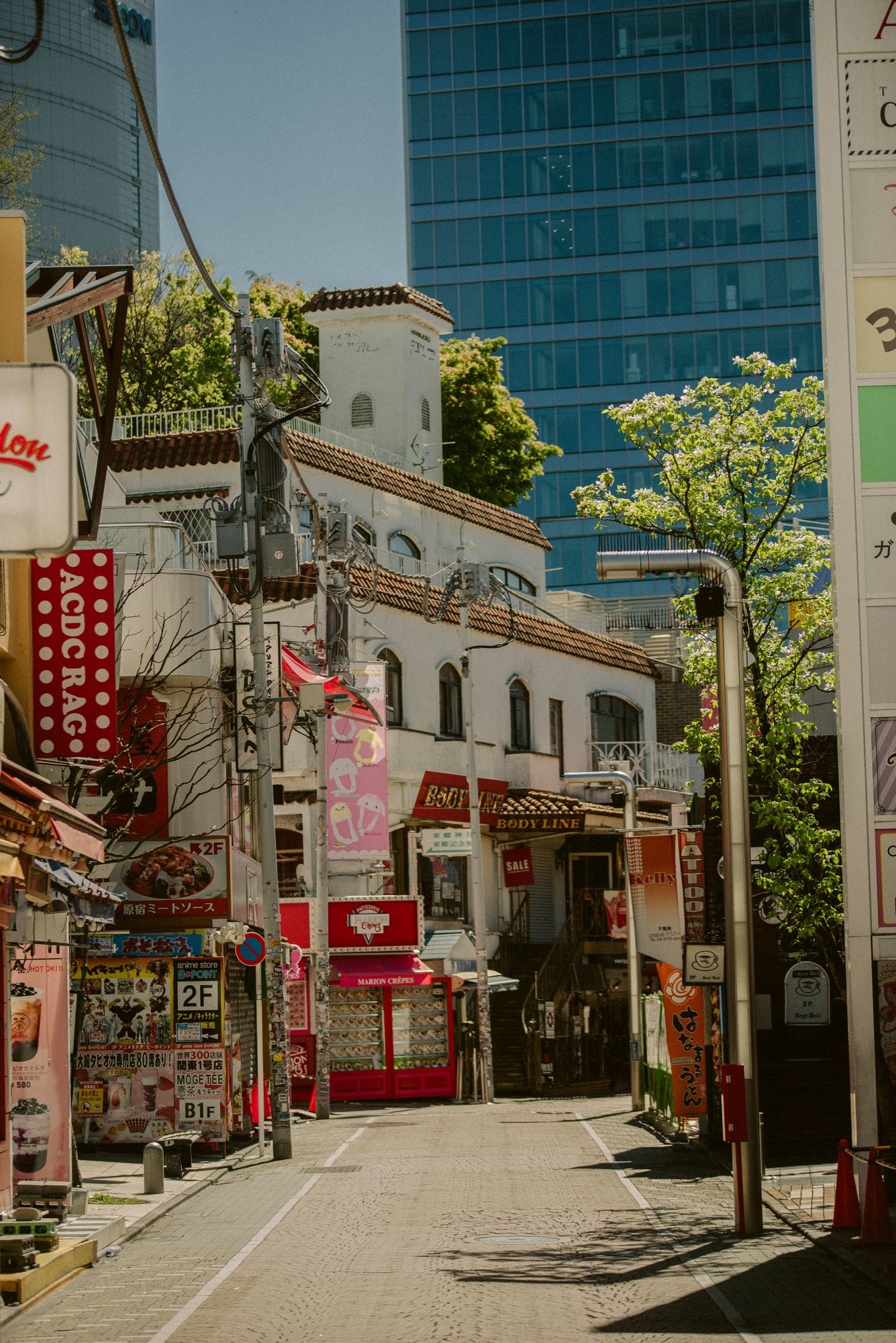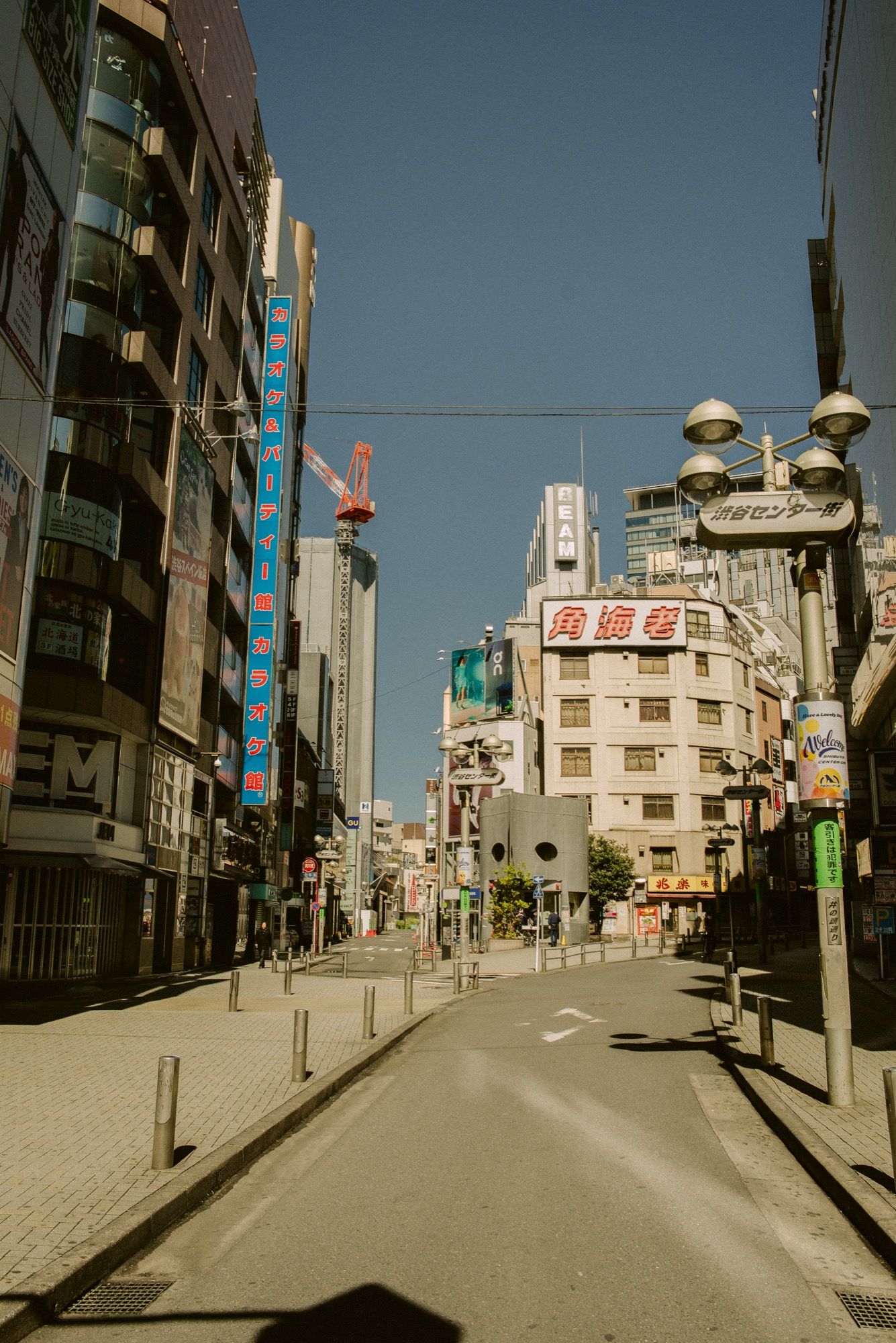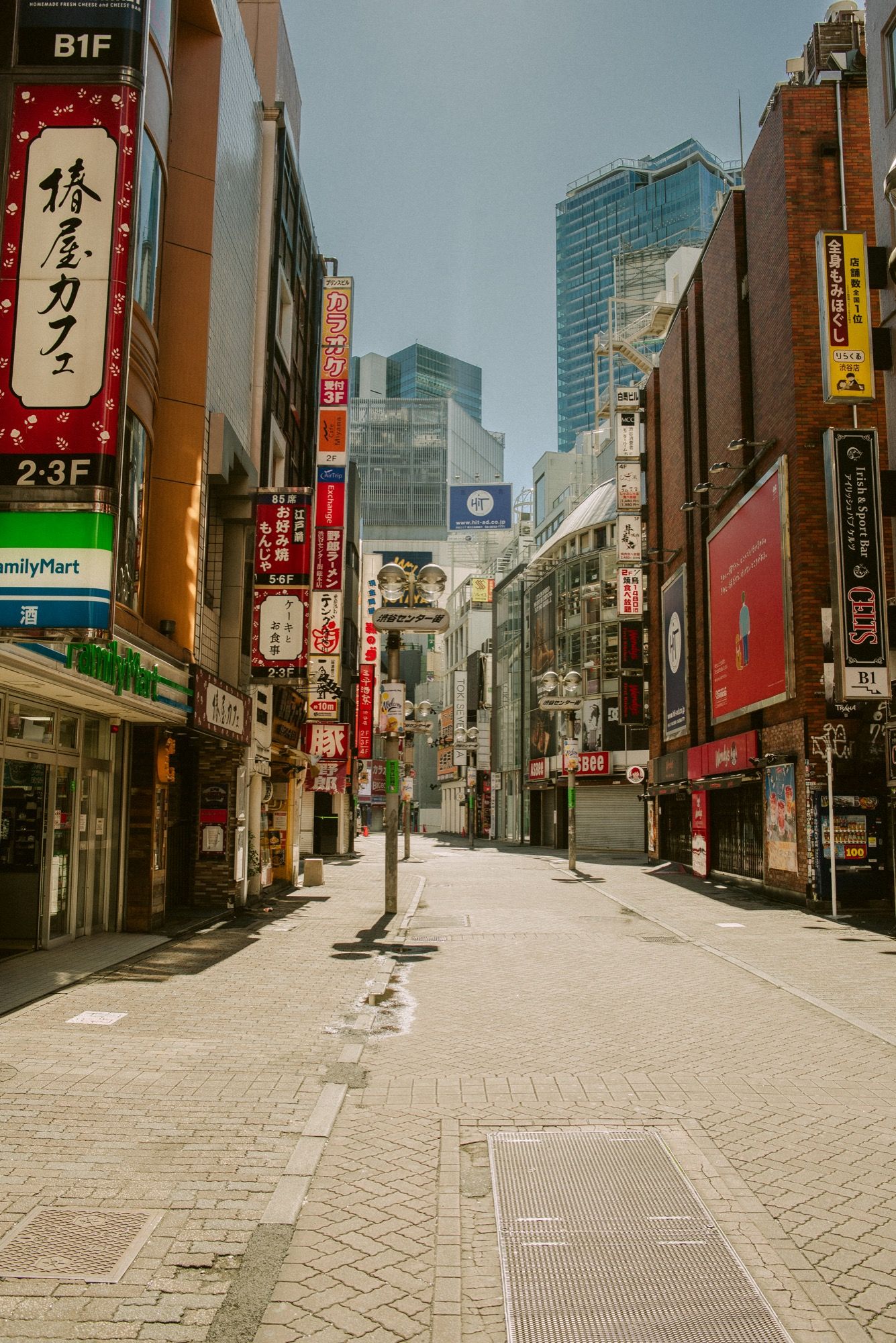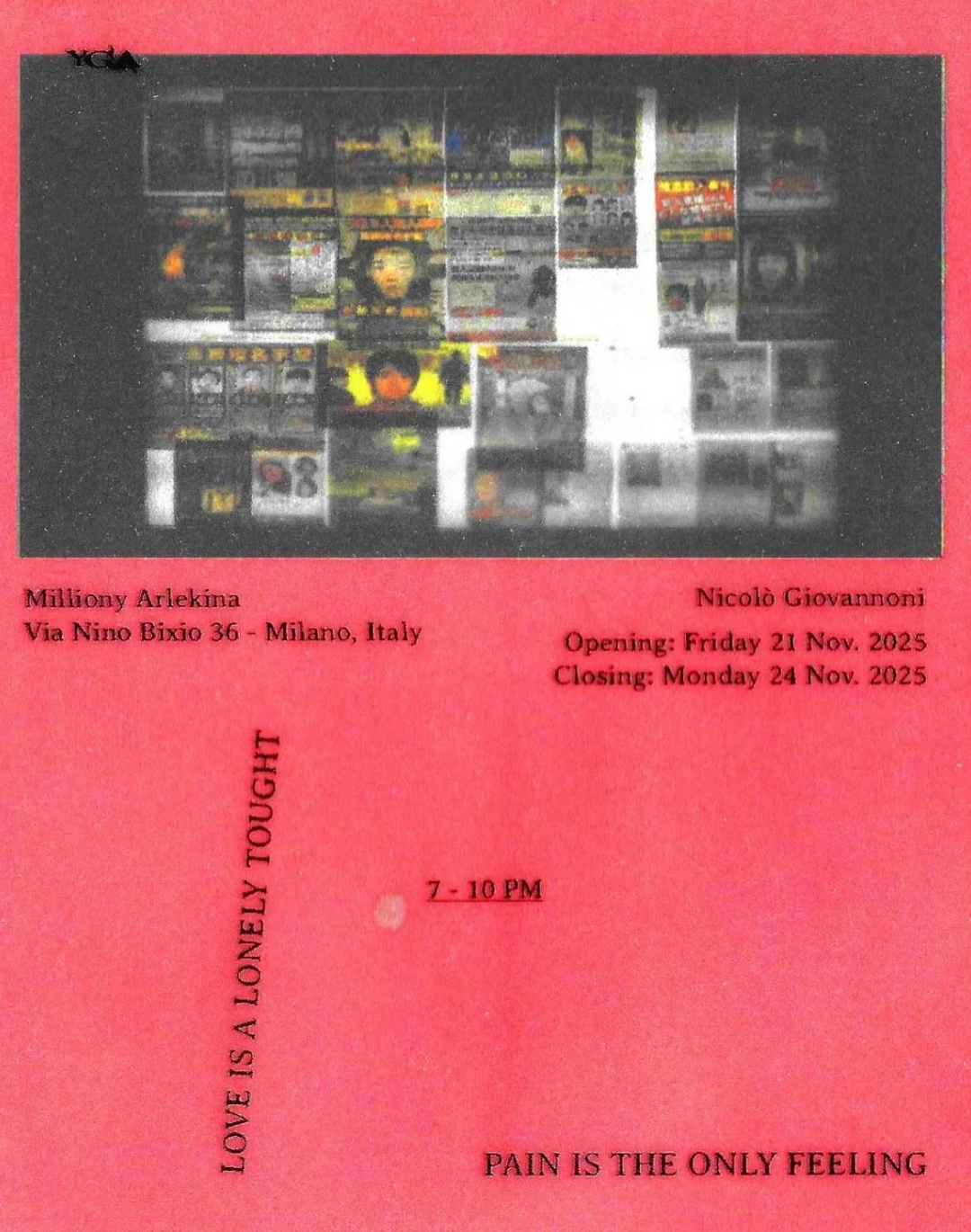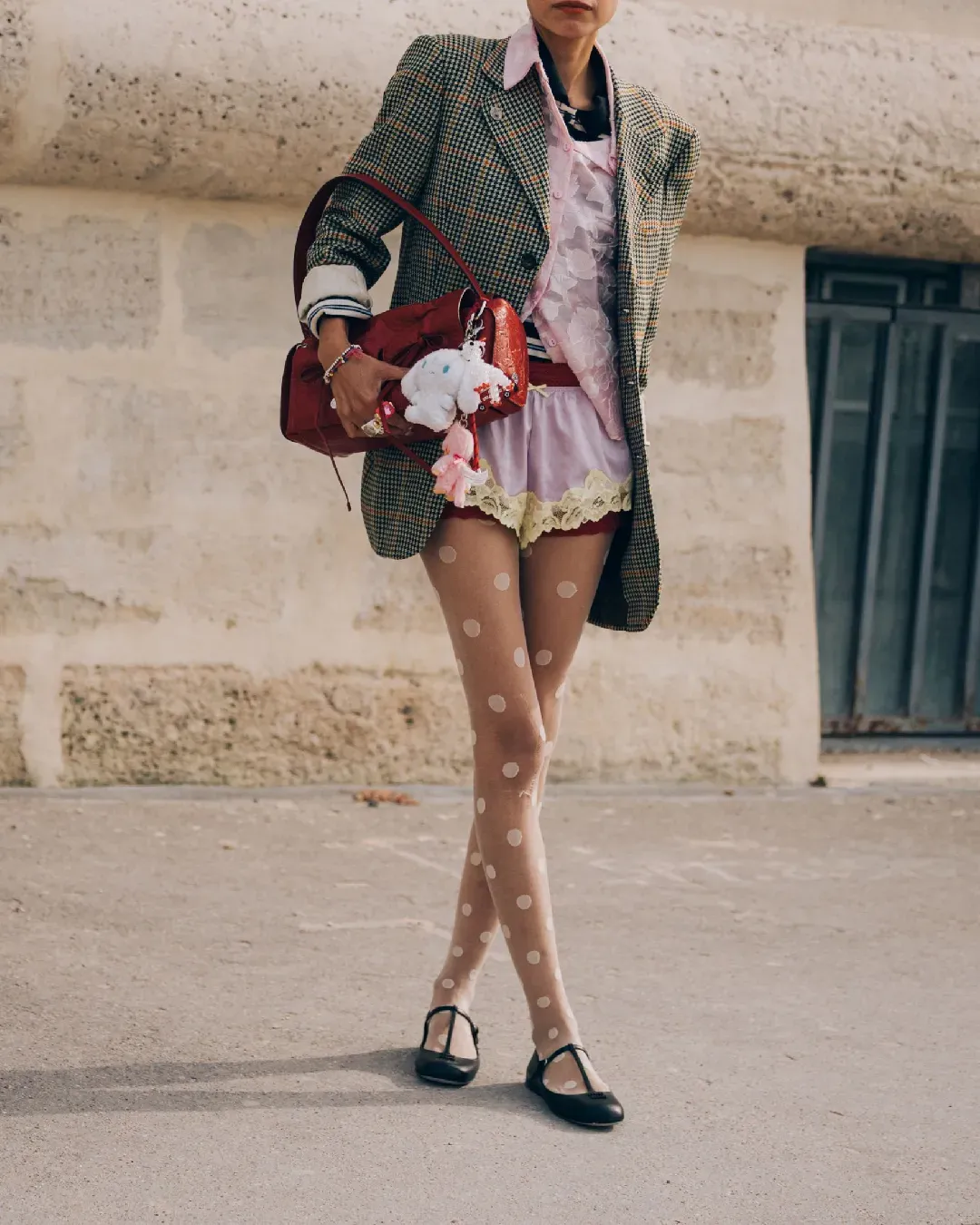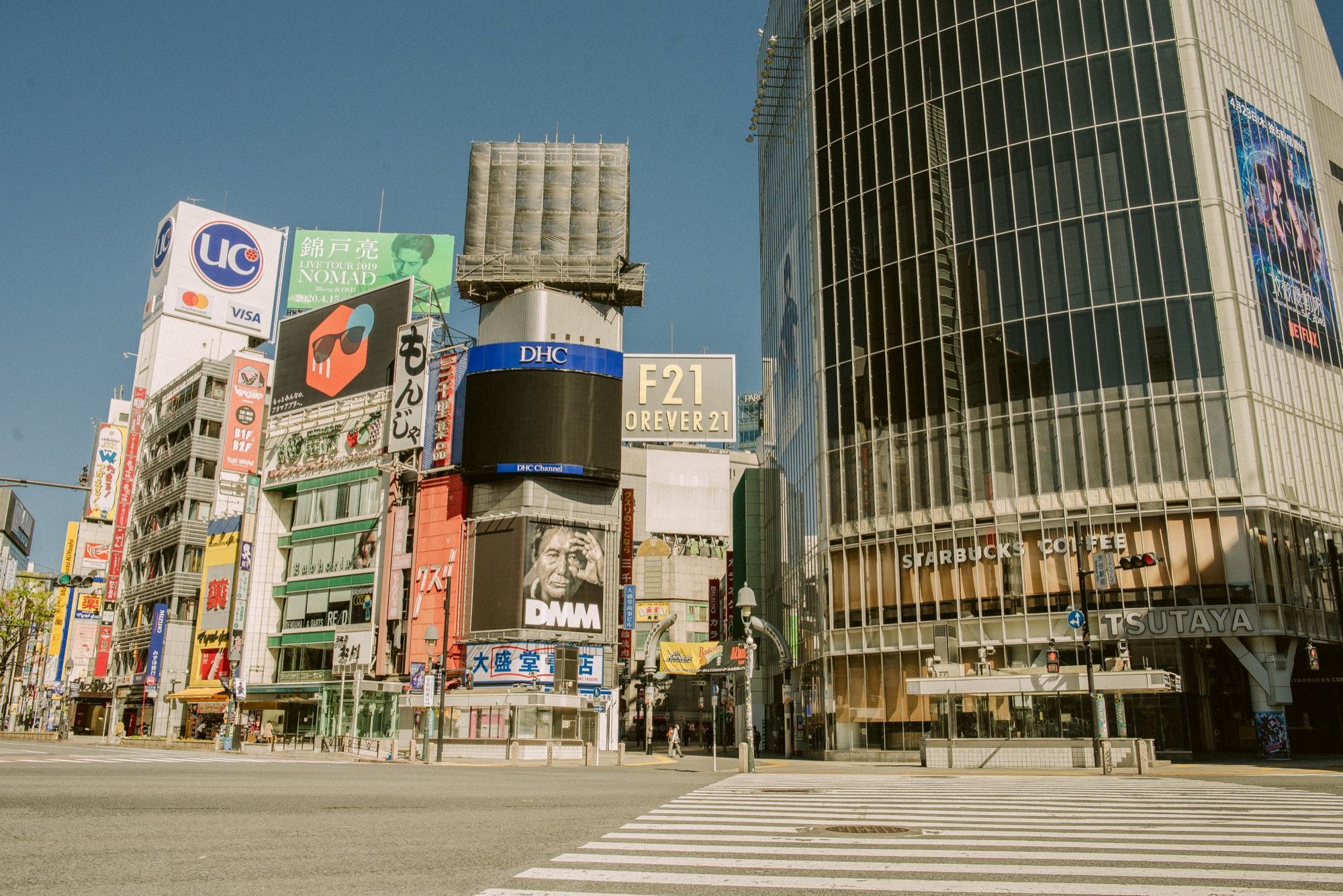
What the images of Tokyo in lockdown tell us today Tokyo, Milan, London, New York: how the city of the future must change
It's heartbreaking to look today at the images shot in May of a completely deserted Tokyo. There's not only the awareness of everything that has happened from May to today, in Japan as in the rest of the world, but there's the observation of a city that appears as fragile as ever, unreal, even dystopian. The crossing of empty Shibuya, one of the most iconic spots of the city, is the most explanatory and precise representation of a city in lockdown, in some ways defeated, in others only crystallized. The large skyscrapers, the massive concrete buildings, the huge windows that reflect the landscape of the city, finding a unique architectural balance between past and future, remain suspended, as if frozen, awaiting the return to life.
Tokyo is no longer like this, we know it, we saw it during the last Tokyo Fashion Week that just ended. A symbolic fashion week, which marks the return to the street - and to the catwalk - of atypical faces, trendsetters and influencers, who don't fall within the traditional aesthetic codes imposed by the fashion industry, who don't care for temporary trends and large logos to show off, but that prefer a personal interpretation of a fashion that is born and develops on the street, in the neighbourhoods, in the areas of the city, as a bible of fashion like FRUITS Magazine reported in an impeccable way. Even today the Japanese style - and together with it the great designers who made it known to the world - remains unique in the history of fashion, even now, in a time of globalization and social media, in which potentially anything can become popular everywhere, Tokyo boasts an innovative, avant-garde, absolutely peculiar soul.
Despite signs in different languages and different architectural styles, that suspended look that dominated Tokyo in the lockdown months is the same that could be seen in New York, London and Milan in the hardest weeks of the pandemic, leading to a reflection on the role that cities play in the life of their inhabitants, and on how they can be rethought, in a transversal debate that is linked to the design and architecture of cities.
A topic that is once again relevant, when stringent measures are introduced in many European countries to tackle the second wave, and to which nss magazine has dedicated the Digital Cover 04, entitled Milano Sospesa.
In Milan as in Tokyo, the creative people of the city play a fundamental role in the redesign of neighbourhoods that no longer fall into absolute categories such as 'centre' and 'suburbs', but which make every part of the city a self-sufficient and original microcosm, where the principle of compact living makes metropolis that for too long have overwhelmed their citizens on a human scale. Multifunctional districts, which can act as both financial and cultural centres, that can host both offices and theatres, hospitals, schools and museums, would represent the ideal blending between different sectors and industries that together contribute to making a city interesting, alive, a place where it is really worth living.










































